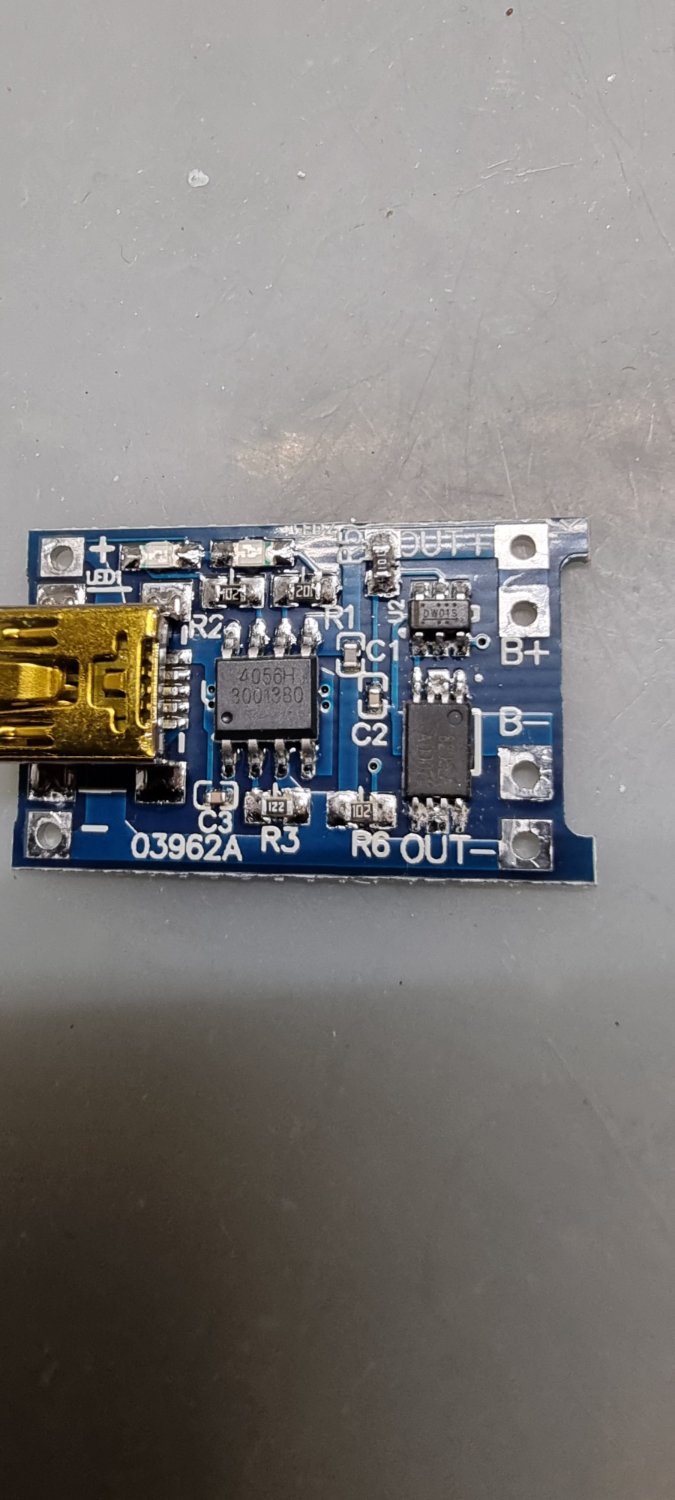The drains in the 8205 MOSFET are connected together internally. In a DW01 circuit, they are not connected to anything else.
One MOSFET stops the battery from charging and the other stops it from discharging.
Ask Electronics
For questions about component-level electronic circuits, tools and equipment.
Rules
1: Be nice.
2: Be on-topic (eg: Electronic, not electrical).
3: No commercial stuff, buying, selling or valuations.
4: Be safe.
Yes that I found as well but have/had trouble understanding why it would be built like this. Also why a MOSFET would be designed internally like this. If you want more power capability you'd get a bigger MOSFET rather than two tiny ones in parallel right?
This page helped me understand the setup. I'll post it here just for informational purpose. It took me a while to find this. https://electronics.stackexchange.com/questions/203463/dual-mosfet-8205a-lithium-battery-protection-circuit
It's related to the internal body diode of the N channel mosfet, so two of them are in series but reversed. When one MOSFET is activated, current may flow easily in one direction but be reduced by the body diode of the other. When both are activated, current may flow easily in either direction.
It seems they don't really prevent discharging or charging separately due to the body diodes but they can cut off the battery alltogether.
The MOSFETs are in series, but in opposite polarities. Two MOSFETs are needed to block current in both directions.
The DW01 uses the voltage drop across the MOSFETS to measure the current. The overcurrent threshold voltage is fixed at 150mV. Using a larger MOSFET that has a lower RDS(on) will increase the current limit.
